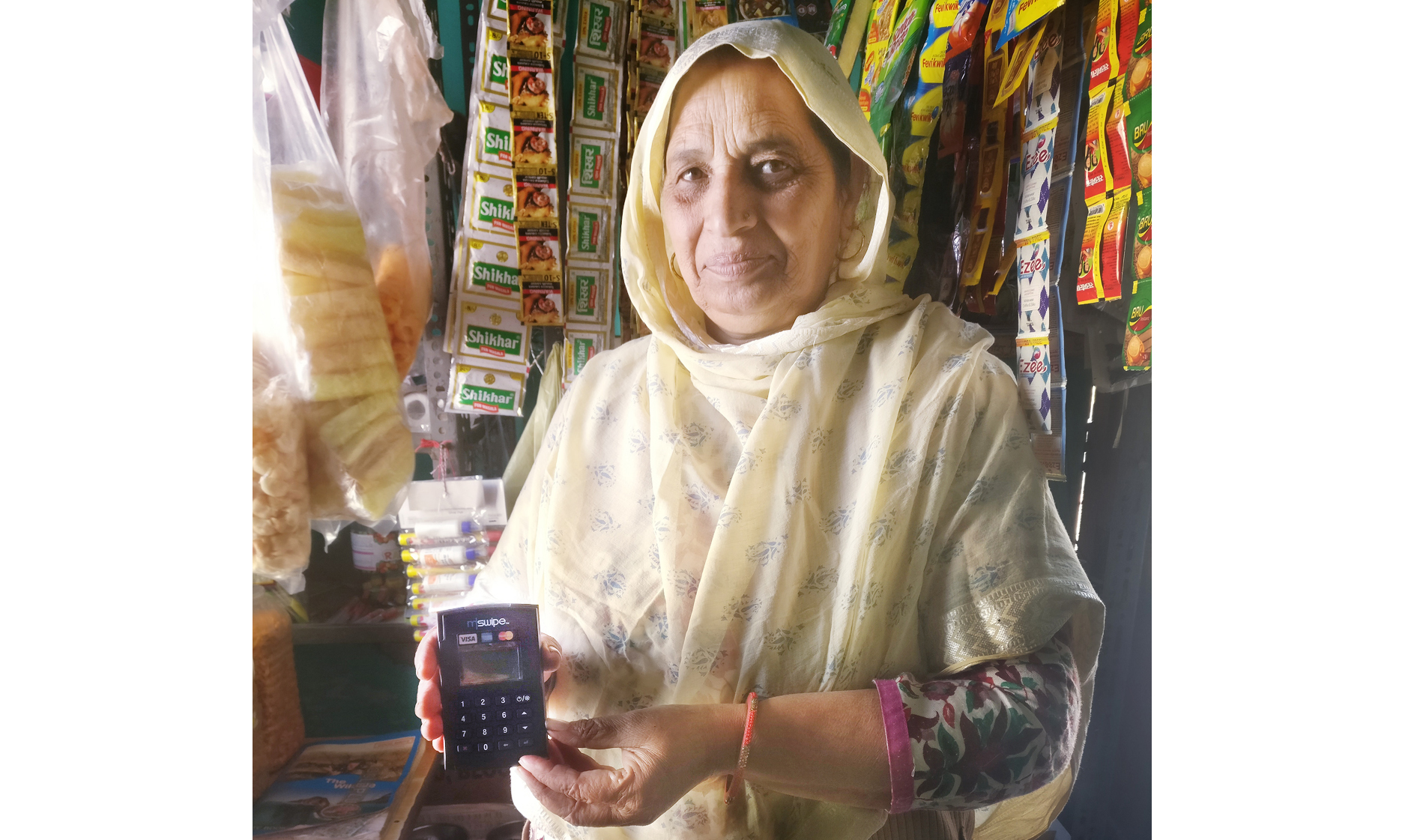When Surakhpur, a small, sleepy village in the Najafgarh sub-division of south west Delhi, was declared the capital’s first fully digital enabled payment village on 7 February this year, villagers here as well as those in nearby villages felt curious and “proud” at the same time. When The Sunday Guardian visited the village almost a month later, a sense of excitement and pride was still palpable, though poor internet connectivity due to the lack of mobile towers, low literacy and unwillingness among women to switch to a digital life seemed to be major impediments in making the village truly “cashless”.
“Two PoS (point of sale) machines were deployed in two kirana (grocery) stores in our village to enable customers to make digital transactions. However, it’s a very small village of people with few, basic needs. Initially, a few customers made payments through the machines out of curiosity. Now, the demand has almost fallen to zero. Why would people use a debit card to purchase items like bread and butter? There is no internet connectivity too. There have been instances when some people wanted to pay a few days’ pending amounts digitally, but the machine did not process the payment because of extremely poor internet connectivity,” said Suraj Singh, owner of one of the two grocery shops, pointing to the PoS machine packed and locked safely inside a drawer.
Residents of Surakhpur, most of whom are agriculturists, have a one or two-time dependancy on procuring material for farming from Najafgarh, over 7 km from the village. But some villagers said that a lot of shopkeepers there don’t accept anything but cash, some even joking about not having enough money to care about having a bank account. While many sounded “overwhelmed” by efforts put in by the Delhi government, particularly Anjali Sehrawat, sub-divisional magistrate (SDM), Najafgarh, to implement the concept of a fully digital economy in their village, others expressed doubts about the idea playing out successfully in future.
Delhi government officials, including Anjali Sehrawat, had floated the idea of digitising financial transactions in the village in late December 2016. Villagers were sensitised and informed of the benefits of cashless transactions—using PoS machines, debit cards and other services like net banking and e-wallets—through several workshops.
However, the initiative, touted as an effort to “reach out to women belonging to a patriarchal society”, has not borne much result. When this correspondent asked one of the two women in charge of the grocery shops if they could show how the machine worked, she looked reluctant and couldn’t go beyond unpacking the machine.
“Women in the village don’t earn, so there is hardly the need for a bank account. Just a handful of women who go to work outside of Najafgarh use smartphones. Women who stay at home don’t use smartphones,” Nirmala, one of the villagers, said.
Women’s literacy, according to Census 2011 data, was 75.84% in this village. Anjali Sehrawat, SDM, Najafgarh, said: “Surakhpur is located on the Delhi-Haryana border, where patriarchal practices are still prevalent. This was supposed to be an initiative to empower women, but a lot still needs to be done. We are planning to organise a session specifically for women where we are thinking of providing them some incentives to come forward and learn.”
She added that the government is also planning to set up an ATM inside the village as an “immediate attraction”. The only ATM accessible to villagers is in Mitraon village, about 3 km from Surakhpur. As for better internet connectivity, Sehrawat said her team is writing to several mobile companies to set up their towers by providing them land in the village, along with the Municipal Corporation of Delhi to acquire land for the same.
Some villagers said that a lot of shopkeepers there don’t accept anything but cash.
There are other issues like unemployment, lack of water, transport facilities, dispensaries and schools that plague the village. Every household gets one water tanker from the Delhi Jal Board every week as there is no water pipe laid across the village. In some cases, a single family living in two different houses has to share one water tanker for a whole week, villagers complained.
Also, a ride from the village to Najafgarh is followed by a wait of anything between half-an-hour to two hours, after which a private van comes, but doesn’t budge until the vehicle is packed to capacity. There are no DTC buses, e-rickshaws or autos that run inside the village. Inside the village, there is no dispensary. There is just one school that caters to students up to the fifth grade, but none of the villagers send their children to that school.
Anjali Sehrawat said the water woes will persist till a proper network is laid, which, she hopes will happen by 2019. About economic development of the village, she said: “We have a new proposal called the Shyama Prasad Mukherjee National Urban Mission in the pipeline, through which we are hoping to get around Rs 30 crore for the village’s development. Connectivity from village to the outside areas will be taken care of with the money. We are also hoping to set up self-help groups for financial independence.”

